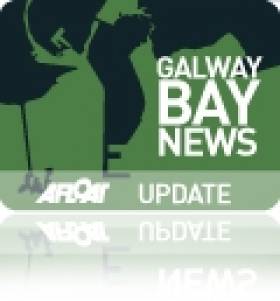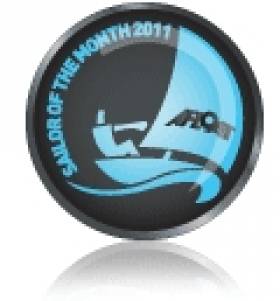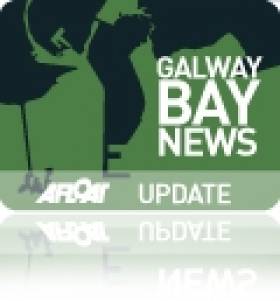Displaying items by tag: Kinvara
No More Long Stays at Kinvara Pier Says Galway Council
#GALWAY BAY NEWS - Galway County Council has prohibited the parking of camper vans and yachts on Kinvara Pier "for the purpose of habitation".
The new by-law came into effect last month came following a number of complaints that camper vans and boats were remaining for extended periods in the vicinity of the pier.
However the move does not affect vessels used for "bona file navigation", after the ISA lobbied to protect the interests of visiting boaters wishing to use the pier for overnight stays.
Cruise from Kinvara to Tahiti Wins Sailor of the Month Award
Recognised by the senior offshore sailing organisation, the Irish Cruising Club, with the award of the historic Faulkner Cup, the Quinlan's achievement is further enhanced by the fact that, in their determination to acquire a boat suitable for long distance voyaging, they built their steel-constructed 40ft cutter Pylades themselves, launching in 1997.

They have brought a lively and enquiring eye to the complex project, something which reflects Fergus's qualifications as an architect. As he has drily observed himself, there isn't a lot of work around for architects in Ireland at the moment, so everything clicked with the boat sea-tested and ready to go off on this sail of a lifetime.
Having left Kinvara in June 2009, their longterm plan is a global circumnavigation, returning to Galway Bay in August 2012. Quite what Ireland will be like by then is anybody's guess. But as it is, the crew of Pylades have enough to be getting on with in dealing with the vagaries of the open ocean, and the volatile political situation in some of the areas where ocean voyagers go. For armchair sailors at home, their thoughtful and entertaining reports on their experiences make them worthy "Sailors of the Month".
Buzzing Across Galway Bay?
A new ferry route has been proposed for Galway Bay, between Ballyvaghan at the north end of the Burren in County Clare, and Galway City in the famous Bay's northeast corner writes WM Nixon. The Clare village is at the head of its own bay within the shelter of Black Head, Galway Bay's southwest headland. A pretty place, Ballyvaghan is heavily reliant on providing hospitality for visitors drawn to the unique attractions of the Burren region, but the locals feel that the traffic holdups in the 50 km drive around from Galway can act as a disincentive for tourists.
Then too, the proposed 12-seater fast ferry – which could make the eleven mile crossing in 30 minutes or less – would be an attraction in itself. Having savoured the convenient waterfront charms of Galway City – from which they can already take popular boat trips on Lough Corrib – it's easy to believe that visitors would enjoy a quick sea voyage to somewhere entirely different.
Galway Bay Hop spokeswoman Gwen Ryan of Ballyvaghan claims that the ferry would also be useful for commuters travelling daily to work in the thriving commercial hub around the city. Then too, the fact that the ferry is of a manageable size means that it could also be used for group hire to visit many of the other small tidal ports around Galway Bay such as Kinvara and Barna, and perhaps even take in the legendary oyster pub Moran's of the Weir near Kilcolgan.
The idea first emerged from a Community Think-in at Ballyvaghan in the Spring of 2010, and if a feasibility study gives the right signals, the service could be operational by next year.































































